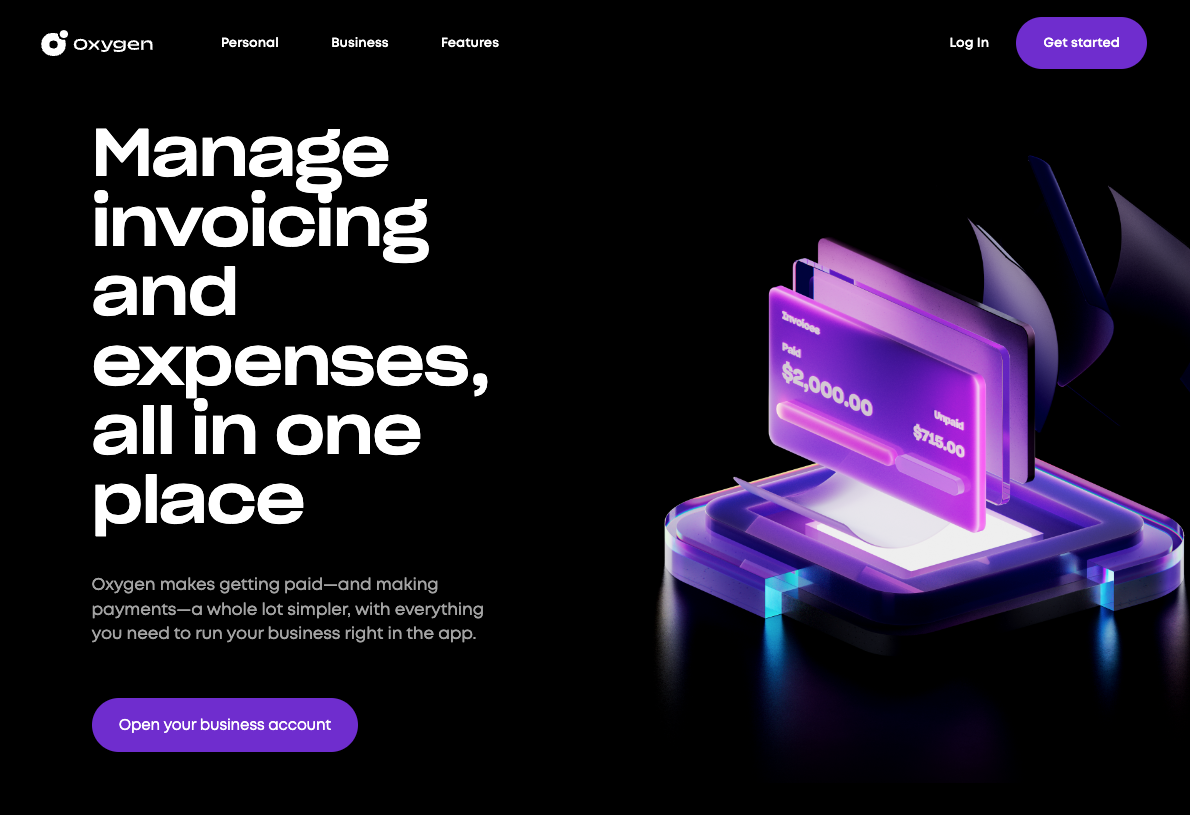- Topic:
- Business
- Created at:
Tips on how to do smart, simple invoicing
- views count3K
- likes count387
- comments count0
- bookmarks count0

Invoicing doesn't have to be a daunting task! Whether you're just stepping into the world of billing or you're looking to refine your existing process, our tips will help you to transform invoicing from a chore into a seamless, rewarding part of your business.
We understand the importance of effective billing and payment tracking for your unique business needs, financial management, and tax obligations. The more you can automate the process and make invoicing straightforward for your customers, the more time you’ll have to actually do the work you and your clients rely on.
Professional and personalized
Whatever your business, your invoices should be professional, informative and simple.
Whether you’re creating your invoices with a free template or generator, using invoicing software such as QuickBooks, or invoicing through your banking application, your invoices should be on-time, consistent, and clear about the who, what and how.

Key takeaways: what to consider when creating an invoice
Who: Include yours and your customer’s information. Keep the design as simple and information as clear and clutter-free as possible. Use color and logos to connect your invoices back to your brand.
What/why: Make sure work details and payment requirements and options are listed and clear on your invoices. Be consistent and on-time with sending your invoices to encourage your customers to do the same when making payments.
How: Using a free template or generating invoices through your bank or bookkeeping (accounting and tax) software can save you time now and down the line. In addition, banking applications and invoicing programs usually offer an entire suite of tools and resources to simplify invoicing and integrate it into your financial management and tax planning.
The devil in the details
Your invoices should include all of the information your clients need to account for your work and pay you correctly, on-time.

What should be standard?
Contact information: Your invoices should have yours or your business’ name and contact information, as well as the name and contact information of the billed client or customer.
Invoice number and date: Your clients should know immediately that they received an invoice from you. The best way to do this is to have the word “invoice” shown prominently at the top of your template. Include a unique invoice number for every invoice, in addition to the date of the invoice period. This will help you and your clients keep track.
What they’re paying for: Your invoices should be clear and as specific as is appropriate about the work for which you’re billing—think detailed but brief.
Payment terms and instructions: Do you use a payment gateway or processor, or do you invoice and receive payments through your business’ bank account? When is payment due (For example, Net 30 means payment must be made within 30 days of receiving an invoice.)? Do you offer discounts for early payments, or do you apply late fees? Are taxes or shipping included? Your invoice should not just let clients know how much to pay you, but when and how to pay you.
Managing your invoices and payments
If you’re still sending your invoices via PDF over email, you might consider using accounting software or a business bank account with special features, like Oxygen’s, to invoice your customers more securely and effectively. These will help you keep better track of your business finances, including reporting and taxes.

Business banking and invoicing
Some business bank accounts and applications, like Oxygen’s, include easy and safe invoicing tools that allow you to manage your business finances from anywhere, including invoicing features like:
Generate and send detailed invoices (including recurring invoices)
Track payments and expenses
Send payment reminders
Accept multiple payment options
Generate reporting
Simplify your taxes by integrating with financial tools and software such as Stripe, PayPal and more
Accounting and bookkeeping software
Many small businesses use free or paid accounting software to generate and send invoices.
Accounting software products such as QuickBooks charge a monthly subscription fee that varies based on the features you choose and can integrate with your bank account or accounting firm, along with many other helpful tools and options.
Free invoicing software, such as Square or Zoho also can be a good place to start for folks who are looking to simplify and polish their invoicing.
And while you’re invoicing, don’t forget to thank the customers and clients who help make your entrepreneurial dreams a reality. Let them know you care about their satisfaction as well as your bottom line.
A community of resources
No matter how you go about invoicing, you don’t have to go it alone. There’s a lot of advice and resources out there to help.
If you’re not sure what invoicing practices are standard in your type of business, check out forums and industry publications. You can also check back here with your Oxygen Communities whenever you have questions or are curious about what other business owners have to say. It’s likely other entrepreneurs share your concerns or have already been there, done that.
Visit Oxygen Communities business page for other helpful articles, interviews and answers about best business practices and more.
A single app to manage all your finances
Learn moreSource: community.getoxygen.com
